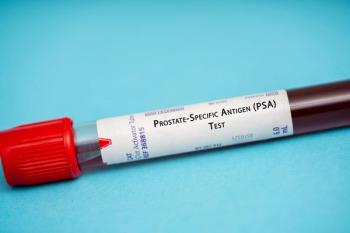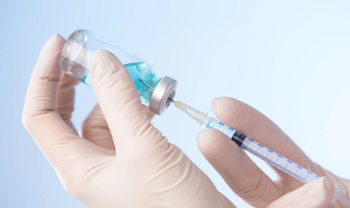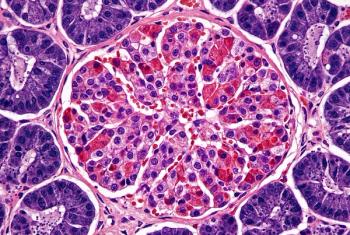
Nearly 3-Fold Higher Lung Cancer Rates Among 9/11 Responders With Heavier Dust Exposure
More than two decades after the September 11 attacks, new research suggests that responders who worked amid the World Trade Center (WTC) dust and debris face nearly a 3-fold higher incidence of lung cancer. In a large cohort study published Oct. 9 in
Thousands of firefighters, police officers, construction workers and volunteers were exposed to airborne carcinogens while searching for survivors and clearing rubble after the WTC collapse. Previous research has documented
To address these uncertainties, lead author
Participants completed detailed questionnaires describing their time at WTC sites, including the type of work they did, how long they were there, the amount of dust, the odors and sights they noticed and whether they used protective gear. Based on this information, researchers categorized exposures as mild, moderate or severe. Lung cancer diagnoses were confirmed by clinicians and verified by the Centers for Disease Control and Prevention. The results were adjusted for factors such as smoking status, age and sex.
During the 11-year follow-up period, 118 responders were diagnosed with lung cancer between 2012 and 2023. This corresponded with an incidence rate of 8.7 cases per 10,000 person-years. Compared with responders who experienced mild exposure, those with moderate exposure had an adjusted hazard ratio (AHR) of 1.86 and those with severe exposure had an AHR of 2.9. Certain types of exposure, such as smelling fumes or sewage, were also linked to higher lung cancer rates after adjusting for age, sex and smoking.
“We discovered that responders with more severe exposures to WTC dust had up to 2.9 times greater risk of developing lung cancer compared with minimally exposed responders working on the pile who reported low dust exposure or used personal protective equipment (PPE),” Clouston stated in a
According to Clouston and colleagues, these findings provide the first evidence of an association between WTC exposure severity and lung cancer incidence after a long latency period. The authors noted that the longer follow-up window allowed cases to emerge that earlier studies may have missed, helping clarify the impact of these exposures.
The researchers acknowledged that the study had limitations. Exposure data was self-reported rather than measured and biomarkers were unavailable to confirm exposure severity. They also could not rule out the influence of exposures that occurred before or after 9/11. However, cancer cases in this cohort are considered well-documented because participants receive ongoing screening and treatment through the WTC Health Program.
According to the authors, their analysis offers one of the most comprehensive, population-based assessments to date, quantifying how different levels of WTC dust exposure relate to lung cancer risk. Future research, they wrote, should explore the specific carcinogens present at WTC sites, underlying biological mechanisms and how these exposures may affect long-term outcomes.
Ultimately, the findings highlight the importance of maintaining long-term monitoring and screening for WTC responders, the authors wrote, especially for those who experienced high levels of dust and debris exposure during recovery and cleanup efforts.
Newsletter
Get the latest industry news, event updates, and more from Managed healthcare Executive.






















































